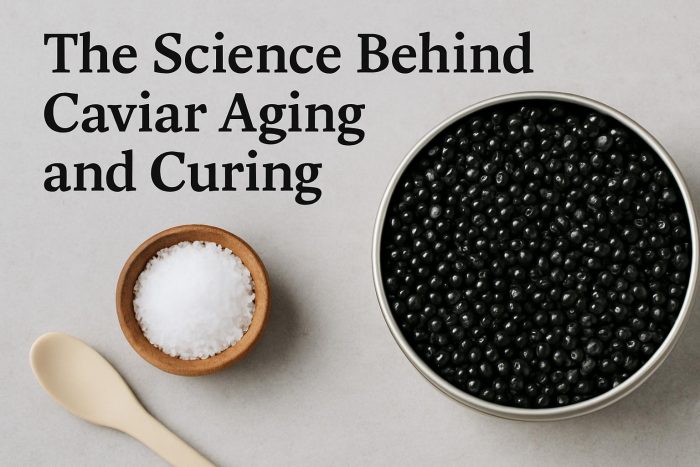The Science Behind Caviar Aging and Curing
Caviar, often heralded as a gourmet delicacy, undergoes a meticulous process of aging and curing before it reaches the dining table. Understanding this process sheds light on the intricate methods that enhance its flavor and texture, distinguishing high-quality caviar from the rest.
Harvesting the Roes
The journey of caviar begins with the careful selection of sturgeon. Reputable producers use sustainable practices to ensure the population of these fish is not threatened. Once the mature females are identified, the roes are extracted. This step is critical as the quality of the roe greatly influences the final product.
Curing Techniques
Once harvested, the roes go through a curing process. This involves the addition of salt, which serves not only as a preservative but also plays a significant role in flavor enhancement. The amount and type of salt used can vary, impacting the taste and texture of the caviar. The primary methods include:
1. Malossol: A Russian term meaning “lightly salted,” malossol caviar is considered high quality because a minimal amount of salt is used, typically less than 5%. This technique preserves the delicate flavor of the sturgeon eggs.
2. Pressed Caviar: This involves the use of soft or broken eggs that are salted and then pressed into a jam-like consistency. The flavor is intensified and typically saltier.
3. Pasteurization: Some caviar undergoes pasteurization. This method extends shelf life but can alter the flavor and texture, distinguishing it from fresh caviar.
Aging for Perfection
Aging plays a pivotal role in developing the unique characteristics of caviar. During this period, the salt gradually penetrates the egg membranes, enhancing flavor profiles. While some connoisseurs prefer fresh caviar, others believe aging enhances complexity. The duration can vary from a few weeks to several months.
Storage Considerations
Proper storage is essential to maintaining the quality of aged caviar. Ideal conditions include refrigeration at temperature ranges between -2 to 2 degrees Celsius. This ensures that the taste and freshness are preserved.
Caviar is often stored in tins, which help retain flavor, but exposure to air should be minimized to prevent oxidation. Some producers seal containers with vacuum technology for added freshness.
Conclusion
The meticulous process of aging and curing caviar reflects the artistry involved in its production. From harvesting to curing and careful aging, each step contributes to the creation of this luxurious delicacy. For more in-depth insights on gourmet foods, visit Gourmet Food Source.

